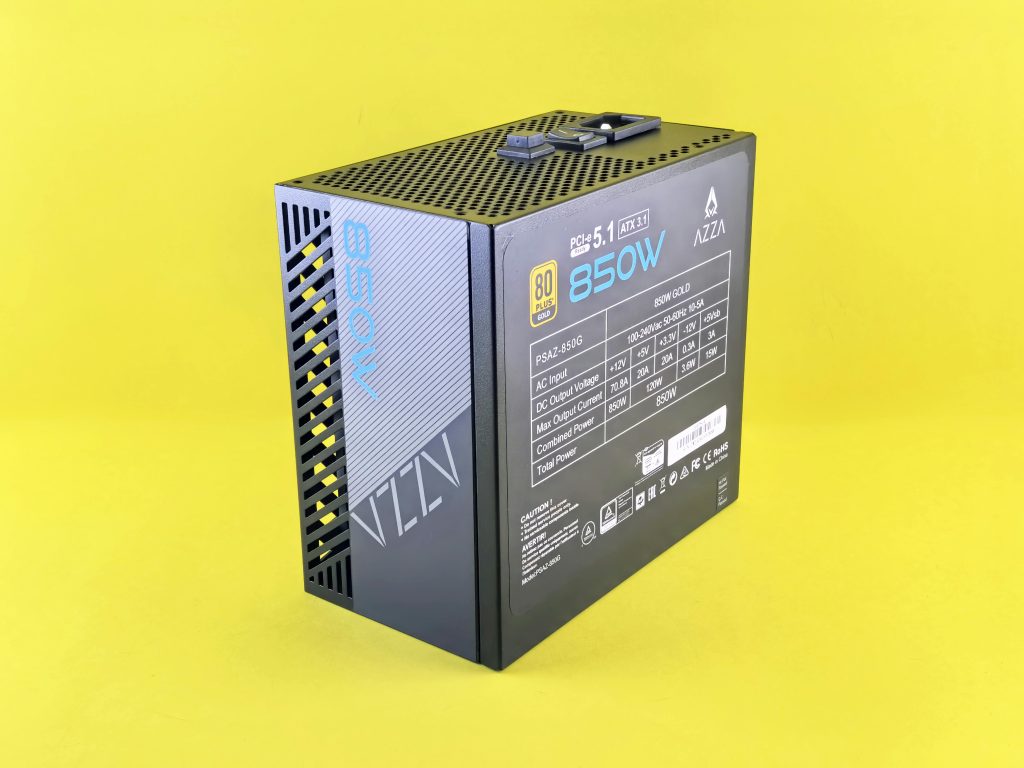Understanding Compatibility Issues When Upgrading to Windows 11: A Case Study with Ryzen and MSI X470 Platform
Introduction
Upgrading to Windows 11 offers numerous benefits, including enhanced security features, a modern interface, and improved performance. However, some users encounter compatibility issues despite their hardware seemingly meeting the prerequisites. This article explores a real-world example of troubleshooting Windows 11 compatibility challenges on a custom PC build, highlighting key steps, common pitfalls, and resolution strategies.
System Overview
The user’s system configuration includes:
- Processor: AMD Ryzen 7 5800X3D
- Motherboard: MSI X470 Gaming Plus
- Memory: 32GB DDR4 at 3200MHz
- Graphics Card: Radeon RX 6700 XT
Despite this robust setup, initial compatibility checks indicated issues preventing an upgrade to Windows 11.
Key Compatibility Checks Conducted
-
BIOS and UEFI Settings
- Verified UEFI Mode: Enabled UEFI boot and Secure Boot
- Confirmed TPM Activation: TPM module was enabled and reset
- Conversion to GPT: Disk 1 was converted from MBR to GPT using
mbr2gptutility, ensuring UEFI compatibility
-
System Information Verification
- UEFI and Secure Boot: Confirmed active via
msinfo32 - TPM Status: Checked through
tpm.mscwhich indicated TPM was active - Disk Partitioning: Both drives had GPT partitions, with UEFI system partitions present
- UEFI and Secure Boot: Confirmed active via
-
Compatibility Testing Tools
- Windows Compatibility: Microsoft’s PC Health Check tool verified system could support Windows 11
- Third-party Check: WhyNotWin11 confirmed the system was compatible
Troubleshooting Steps Undertaken
Despite positive indicators, Windows installation suggested incompatibility. To diagnose further:
- Attempted Direct Installation: Used Windows 11 Installation Assistant, which still rejected the system
- Tried Disk Isolation: Unplugged SATA drives to rule out storage-related conflicts; system remained incompatible in Windows Update
- Cross-verified Compatibility: Both official Microsoft tools and third-party utilities indicated readiness for upgrade
Insights and Possible Explanations
While the hardware and software configurations suggested compatibility, discrepancies sometimes arise due to subtle factors such as:
- Disk Drive Recognition: Installer may prioritize certain drives, causing detection issues
- Firmware/BIOS Glitches: BIOS settings might require re-flashing or resetting
- Firmware Updates: Motherboard BIOS may need to be
Share this content:



